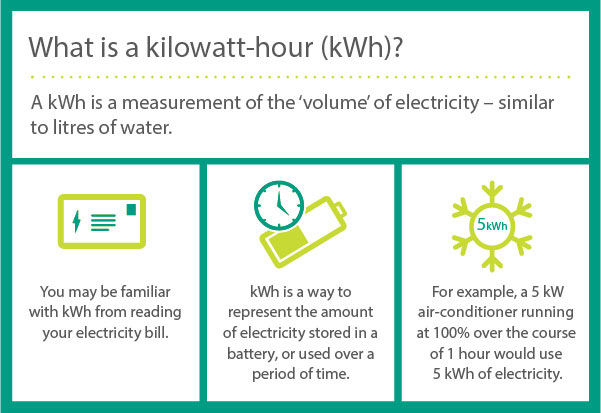Queensland's Electric Super Highway
Plan your next electric vehicle road trip or find your closest charging station.
The Queensland Electric Super Highway connects electric vehicle drivers across our state and includes fast charging locations at a range of coastal and inland locations.
The fast chargers are installed in convenient, safe locations close to major highways where there are existing amenities, such as cafes, restaurants and shops. The sites allow you to easily charge your vehicle, enjoy a short break and to prepare for a safe onward journey.
Connecting more regional Queensland locations—Phase 3
Phase 3 of the Queensland Electric Super Highway will add 23 locations to the existing network to link more regional and rural locations. It will enable Queenslanders and tourists to access a fast-charging infrastructure network of a total of 54 locations across Queensland.
Once completed, Phase 3 will connect electric vehicle drivers across a range of routes—from Brisbane to Mount Isa (via the Dinosaur Trail locations), Goondiwindi to Emerald, Cunnamulla to Barcaldine and Longreach to Cairns.
View a map of the Queensland Electric Super Highway, including Phase 3 locations.
Most of the Phase 3 fast-charging stations have been commissioned, including:
- Barcaldine
- Blackall
- Brisbane (Hamilton)
- Charleville
- Charters Towers
- Cloncurry
- Cunnamulla
- Dingo
- Esk
- Goondiwindi
- Hughenden
- Julia Creek
- Kingaroy
- Longreach
- Miles
- Mount Isa
- Richmond
- Roma
- St George
- Stanthorpe
- Winton
Yurika have completed construction of the remaining 3 fast-charging sites at Station St, Injune, Dundas St, Emerald and Warrijo St, Rolleston. The sites are expected to be commissioned by mid-October 2025 upon energy connection to the sites.
For queries on the operational status or maintenance updates about the QESH, please contact Yurika by email at qesh@yurika.com.au or by telephone on 1300 792 611.
Accessing the Queensland Electric Super Highway
To access the Queensland Electric Super Highway charging stations you will need to have a Chargefox account. The app can be downloaded from the App Store or Google Play.
You can check the addresses and availability of charging sites as well as information on charging costs, through the Chargefox and PlugShare apps.
More charging locations
As well as Queensland Electric Super Highway charging stations, there is an increasing number of public chargers available and continuing to come online across Queensland.
Visit A Better Routeplanner and PlugShare, a world-wide electric vehicle charging station app and online tool for more charging locations.
Safety at charging stations
When using the charging stations, follow all instructions displayed at the station including:
- use only as intended and with due care
- only cables and cars which use the charging connections available can be charged at the stations
- for DC fast charging use the cables attached to the charger
- for AC charging use your own charging cable or adapter that supports the Mennekes/Type 2 socket
- connect the cable to your vehicle's charging point
- activate 'charging' on the charging point
- if you are unsure if your vehicle supports AC charging or DC fast charging please check your vehicle's handbook before using.
Electric vehicle models in Australia must comply with the appropriate vehicle safety standards. Electric vehicles present no greater fire risk than existing petrol and diesel vehicles.
Electric vehicle charging options
There are a range of charging locations available across Queensland with more stations gradually coming online at places including shopping centres, car parks, workplaces, and other locations, such as tourist attractions.
You can charge your vehicle along the Queensland Electric Super Highway and at home if you have the appropriate infrastructure installed.
Residential, workplace and destination charging tends to be classed as 'slow charging', with around 2.2-7 kWh of power provided. 'Fast' and 'Ultra-fast' charging generally supplies 22-350 kWh of power.
The Queensland Government Electric Vehicle Infrastructure Practice Note assists government authorities, town planners, developers and landholders looking to install charging infrastructure within Priority Development Areas (PDAs).
Queensland Electric Super Highway
Charging options along the super highway:
| DC charging options | AC charging options |
|---|---|
CHAdeMO and CCS Combo Type 2 cables
| Type 2 Mennekes socket (BYO charging cable)
|
Residential charging
- Connection to general power point outlet or dedicated electric vehicle home charging equipment
- Often referred to as slow charging.
Workplace charging
- As the public moves towards electric vehicles, more workplaces may include charging infrastructure as an employee benefit
- Similar infrastructure and charging times to residential charging.
Destination charging using an AC charger
- Charging using a specific AC electric vehicle charger
- Charger needs to be installed (typically installed by businesses for patrons)
- Often installed in carparks of shopping centres or other business locations.
Fast charging using a DC charger
- Charging using an electric vehicle DC fast charger
- Fast charging for long distance travel
- Installed along Queensland’s Electric Super Highway
- Recharging can range from 10-60 minutes depending on the:
- size of the battery
- type of charger
- type of vehicle.
Recharging your electric vehicle with kilowatt-hours
Instead of filling up with a tank of fuel in litres, electric vehicles recharge their batteries in kilowatt-hours (kWh). A kWh is a measurement of the volume of electricity – similar to litres of water.


